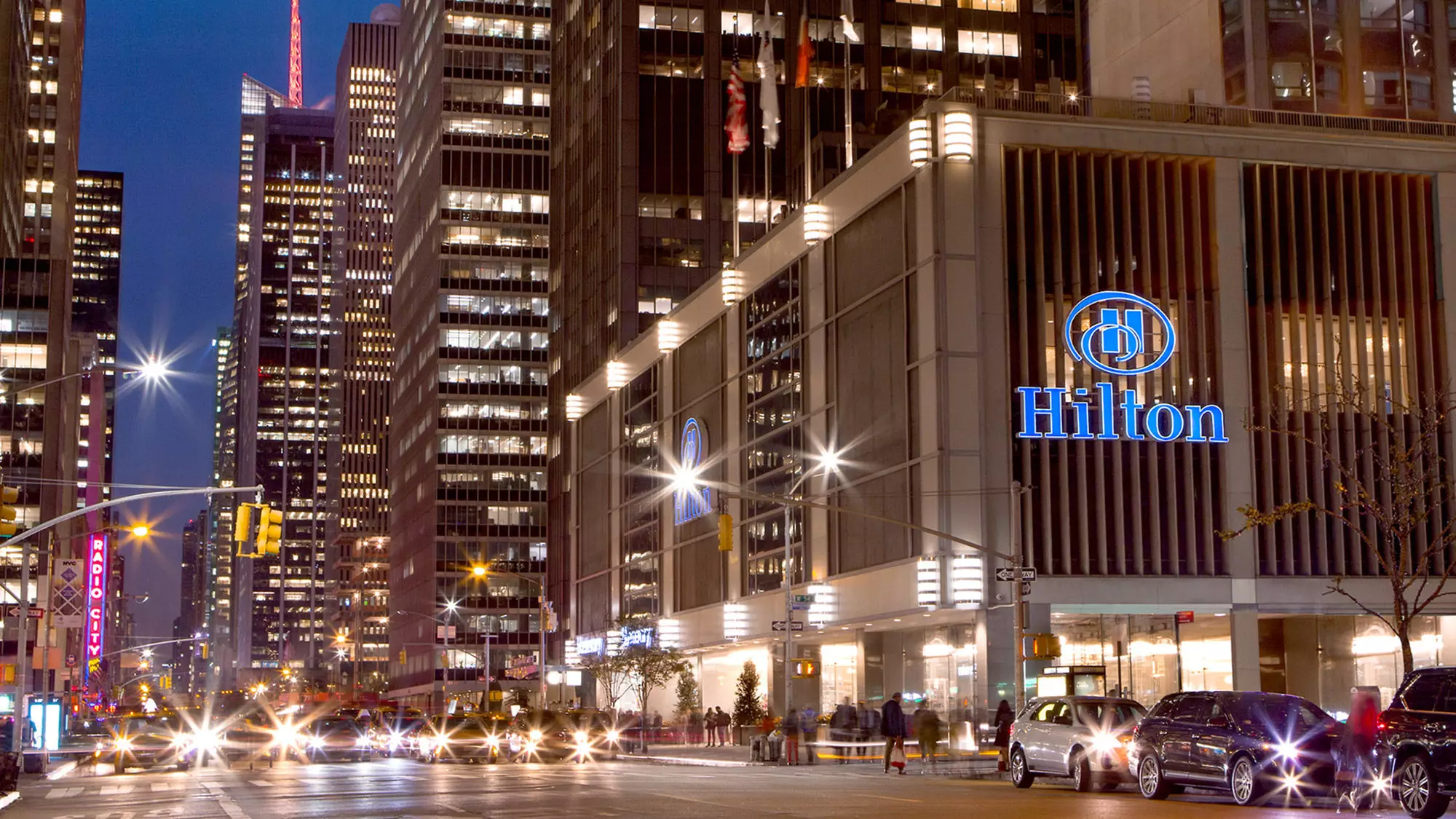In a landscape marked by rapid shifts and uncertainties, the hospitality industry remains acutely sensitive to economic fluctuations. During Hilton’s recent Q1 earnings call, CEO Christopher Nassetta shed light on the current state of the market, revealing that travelers are adopting a “wait-and-see mode.” This cautious approach comes at a time when leisure travel demand appears to be softening, influenced by broader macroeconomic uncertainties that intensified earlier this year. The reality is that uncertainty has become a significant motif for businesses, and Hilton is no exception.
The adjustment in Hilton’s revenue per available room (RevPAR) forecast for 2025 underscores this reality. Initially projecting modest growth, the company has now revised its outlook to zero growth or a potential decline. This critical shift reflects not just internal performance metrics but external economic indicators that dictate consumer behavior. It shows that while company revenues can be boosted by strong past performances, sustained growth requires navigating the vicissitudes of the market landscape effectively.
Shifts in Consumer Behavior
Nassetta’s insights into traveler behaviors are particularly telling. Group travel has shown commendable performance year-on-year, indicating that despite the general pullback, certain segments still exhibit resilience. However, even this previously strong area is beginning to experience a slowdown. Such trends require scrutiny; they suggest that while businesses might still enjoy pockets of profitability, the underlying consumer sentiment is weighing heavily on sustained recovery.
Moreover, the recent dip in cross-border travel from neighboring countries like Canada and Mexico presents new challenges for Hilton. Although this downturn has been offset by surges in travel from markets like Asia and Europe, it reveals the volatile nature of international travel—an essential lifeblood for many corporations in the hospitality sector. This volatility hints at a broader challenge: How can companies remain flexible and adaptable in the face of changing travel patterns?
Marketplace Observations and Regional Insights
Hilton’s performance varied across different regions, with the United States showing a modest 2.1% increase in RevPAR, while the Middle East and Africa witnessed an impressive 8.5% growth. These disparities emphasize the necessity for tailored strategies that resonate with specific markets. Regions like Asia Pacific, which saw flat growth, particularly signal an urgent need for renewed marketing strategies or even innovation to reignite consumer interest.
The current environment also highlights the need for diversification within business models. With America making up approximately 4% of Hilton’s business in terms of inbound travel, a more profound strategy focusing on inbound visitation from various international markets could solidify its standing. It appears that Hilton is already recognizing this necessity, as evident from Nassetta’s remarks about possible shifts in revenue streams contingent on travel patterns.
The Road Ahead for Hilton
Looking ahead, Hilton’s projections for Q2 indicate a cautious forecast. With expectations for flat RevPAR compared to the previous year, their approach underscores the imperative for strategic resilience. Nassetta’s comments on the “asymmetrical risk to the downside” denote an awareness that while duplicating past successes may not be straightforward, informed strategic adaptations can help navigate the tumultuous waters ahead.
Furthermore, Hilton’s strategy to expand its brand portfolio from 24 to at least 27 within a couple of years reflects a proactive approach to market adaptation. This expansion, focusing on lifestyle brands and unique hotel experiences, capitalizes on the growing consumer appetite for distinctiveness in hospitality. The inclusion of a furnished apartment concept for extended stays indicates a robust triumph over traditional lodging offerings, showcasing Hilton’s innovative outlook.
Therefore, as we examine Hilton’s current standings within the context of market dynamics, it becomes evident that adaptability is both a challenge and a necessity. The hospitality giant is positioning itself to face uncertainties head-on, striving to ensure its offerings resonate with a rapidly evolving consumer landscape. While the road ahead may be fraught with challenges, the potential for emerging stronger remains vivid, hinged on keen market insights and strategic advancements.


Leave a Reply